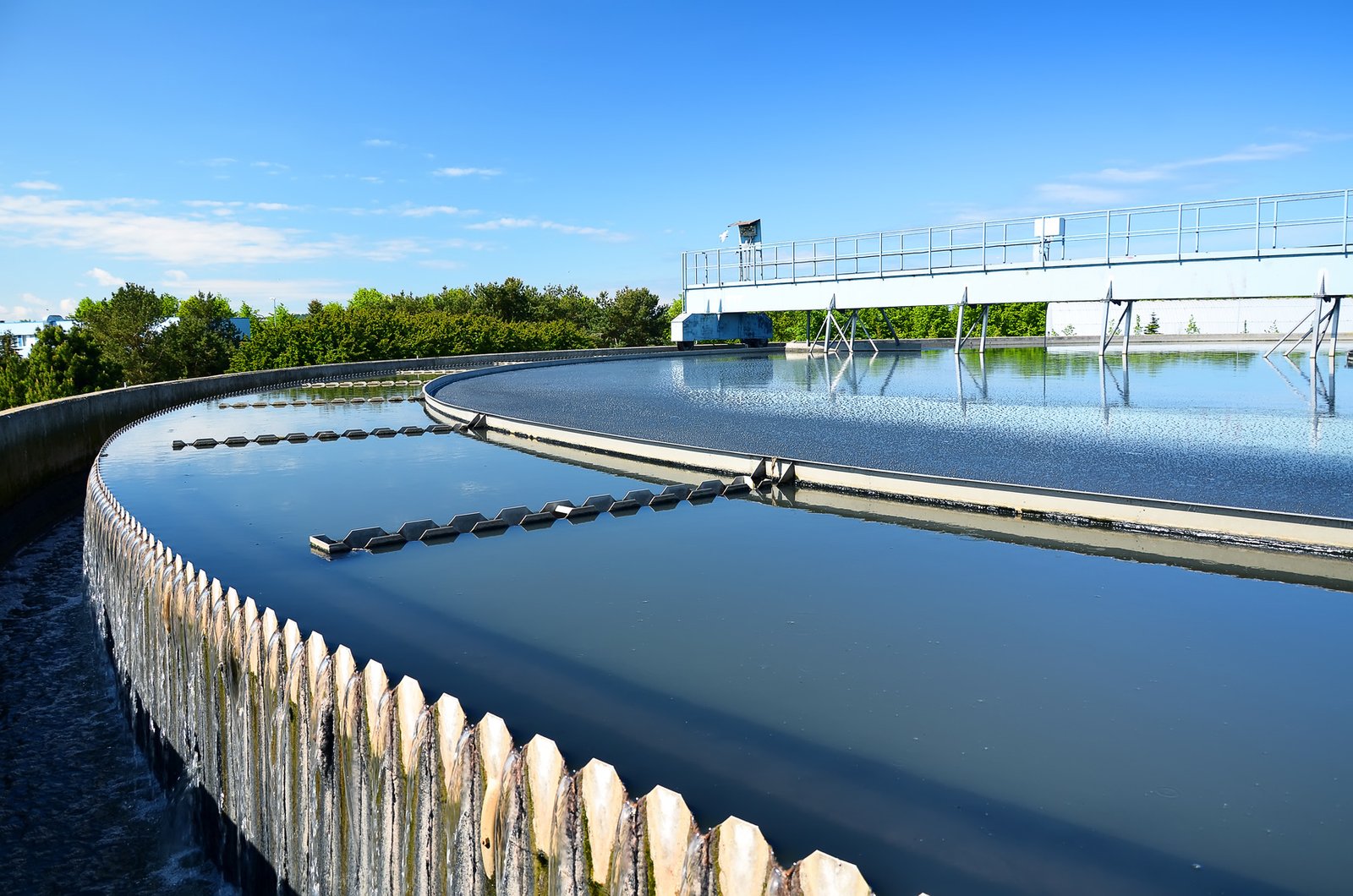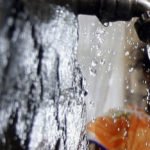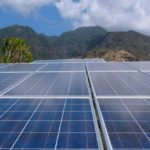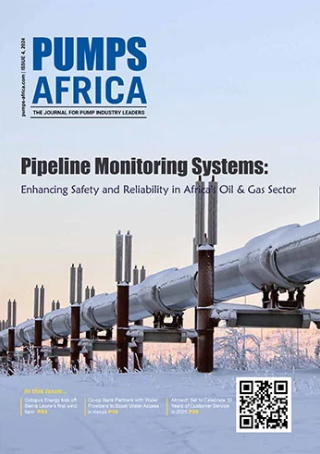The Waste District Wastewater Treatment Plant in Angola has been modernised by the Steuben Lakes Regional Waste District (SLRWD).
Prior to the rehabilitation project, the Waste District Wastewater Treatment Plant used a large two-stage settling tank that simply allowed solids to settle to the bottom of the tank as it passed. These settled solids then accumulated over time, producing ammonia and hydrogen sulphide gas that polluted the water before it left the treatment plant.
The government of Angola provided US $2.5m for the upgrade of the treatment plant which was 68% of the overall cost that was estimated at US $3.7m. The wastewater treatment plant upgrade took nine months to complete.
Read:7 water and wastewater treatment plants to be built across Egypt
New filtration system
The SLRWD installed new filters in the plant to improve its operation to 9,092.18 m3 per day. The new filter system installed at the Waste District’s wastewater treatment plant uses a fabric media suspended on large rotating discs. These allow the plant to filter and remove all solids from the wastewater that has been treated and is ready to leave the plant.
The new filtration system installed includes a levelling basin equipped with two pumps. This water is then purified using two fabric disc filters. Each filter has a flow rate of 4,546.09 m3 per day. “A chemical feed system finally removes phosphorus from the water using polyaluminium chloride, unlike the old system which used ferrous chloride. The polyaluminium chloride system provides more efficient phosphorus removal and reduces the use of chemicals by about 40%,” explained the SLRWD.
The Angolan government is redirecting its focus in the water treatment sector to address the shortage of water resources, and government provided water for its residents. Progressive shiftment from an unregulated, concentrated public management systems towards a dispersed, public and private management system with strict regulation. Their solutions have been based on the establishment of water purification systems to achieving technical expertise through training government officials on national and municipal levels in the water sanitation industry







